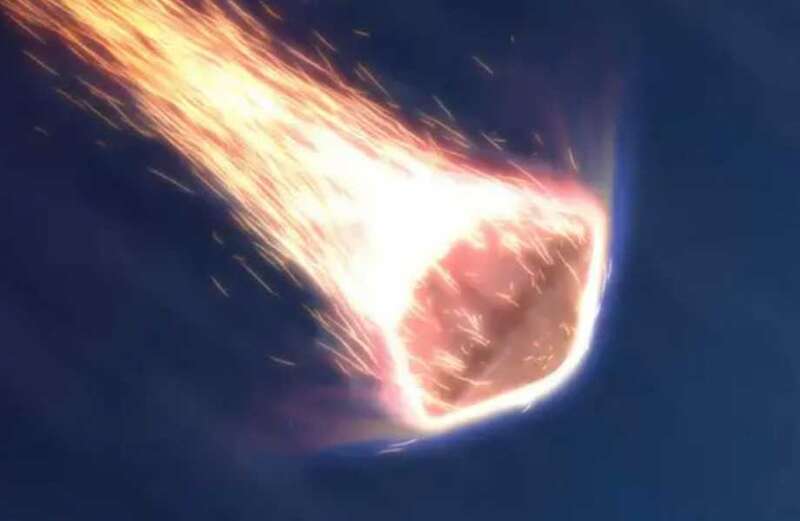NASA is bringing pieces of an asteroid to Earth to try and get a better understanding of it.
The asteroid is called Bennu and NASA’s OSIRIS-REx spacecraft was launched in 2016 to get in orbit with it so it can grab samples.

The samples are set to be dropped into the Utah desert on September 24.
A team of scientists will decide if it is safe to drop the sample capsule when the day comes.
It will travel for about four hours before hitting Earth at super-fast speeds.
 Net worth of racing legend Ken Block
Net worth of racing legend Ken Block
Scientists saw Bennu as a good candidate to grab samples from because of how close it is to Earth.
Bennu is currently about 31 million miles from Earth and is around 1600 feet long.
Scientists want to learn more about what the asteroids are made of.
They suspect that there will be organic materials on them.
“We’re pretty sure that there will be organic molecules in these samples,” OSIRIS-REx scientist Michelle Thompson at Purdue University in Indiana said, per New Scientist.
“Studying these organic molecules might help us understand what organics were around in the early solar system that could have seeded life on Earth.”
Japan also launched a spacecraft to an asteroid to study its material and the NASA scientists want to compare the asteroid dust from each asteroid to get a better understanding of the history of the solar system.
“Let’s say you are a visitor to Earth, and you want to learn all about Earth’s geologic history, so you pick up one rock – you’re never going to be able to learn that,” says Thompson.
“Going to more than one different asteroid really opens up a whole new world to really understand the diversity of material that was around 4.5 billion years ago”, around the time when the solar system formed.


































